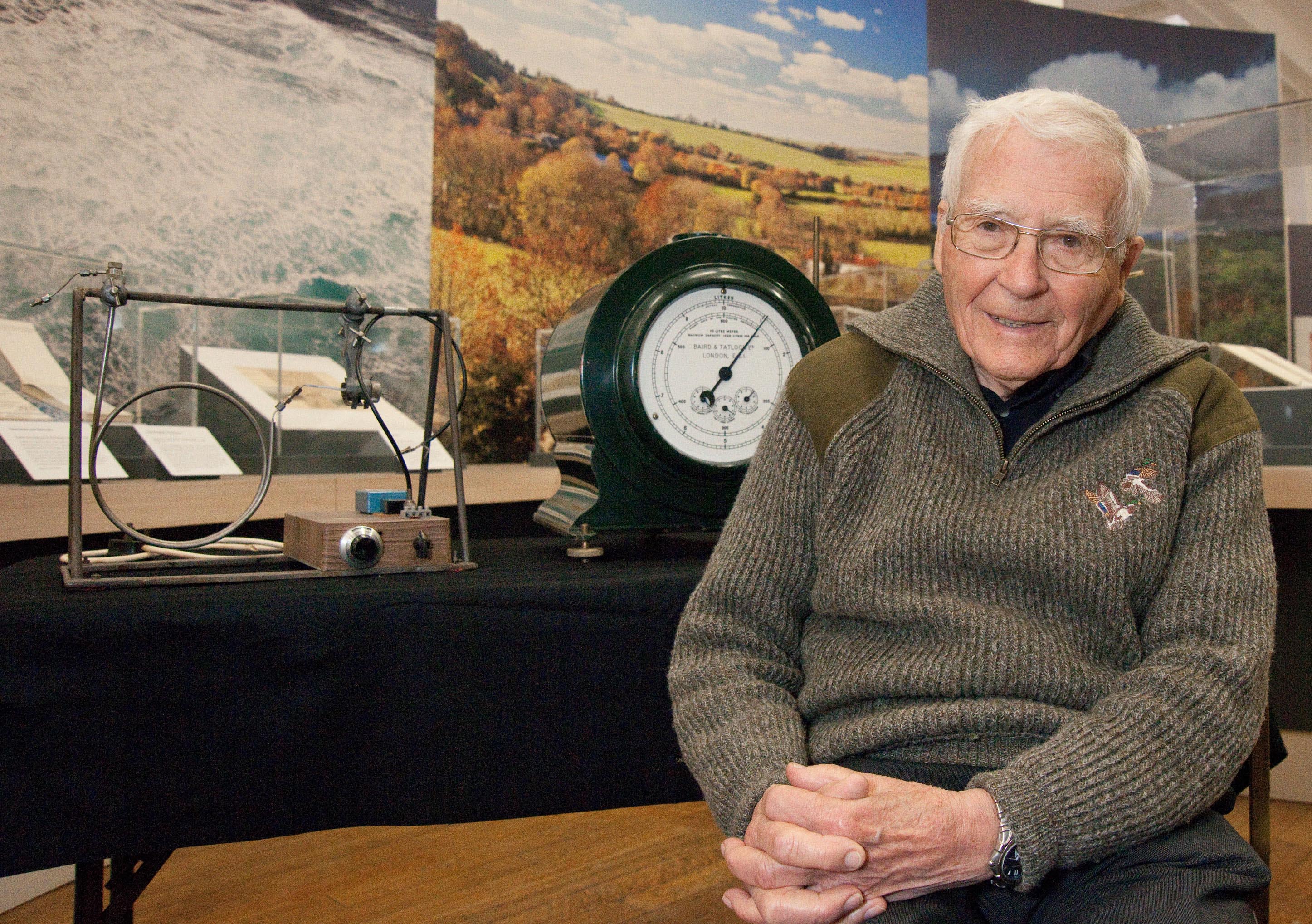
Roger Highfield, Science Director, describes a key moment in the independent scientist’s efforts to detect life on Mars.

Roger Highfield, Science Director, describes a key moment in the independent scientist’s efforts to detect life on Mars.

As we celebrate James Lovelock’s 100th birthday, Roger Highfield reflects on his scientific achievements.
Update: You can see the full #UnlockingLovelock tour below Are you a fan of maverick scientist James Lovelock? To celebrate Lovelock’s 95th birthday, curator Alex Johnson conducted a live Twitter tour of our Unlocking Lovelock exhibition on Friday 25 July. During the tour of the exhibition, Alex shared the objects, letters, notes and drawings that reveal Lovelock’s extraordinary life and scientific career through the Science Museum’s Twitter account (@sciencemuseum) using the hashtag #UnlockingLovelock. [View the story “Lovelock Twitter Tour” on Storify] Unlocking Lovelock: […]
Press officer Laura Singleton reports on Lovelock’s life and career as an independent scientist.
As a new exhibition on James Lovelock opens, his daughter Christine recalls her science-filled childhood and the night they sat up waiting for a comet to destroy the Earth.
Roger Highfield blogs on the latest IPCC report, and how you can discover more about climate change at the Science Museum.

It’s an amazing image to conjure with: the 23-year old James Lovelock, our most famous independent scientist, cradling a baby in his arms who would grow to become the world’s best known scientist, Stephen Hawking.
Lovelock told me about this touching encounter during one of his recent visits to the Science Museum, a vivid reminder of why the museum has spent £300,000 on his archive, an extraordinary collection of notebooks, manuscripts photographs and correspondence that reveals the remarkable extent of his research over a lifetime, from cryobiology and colds to Gaia and geoengineering.